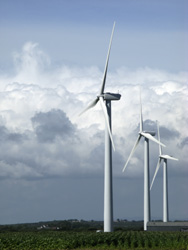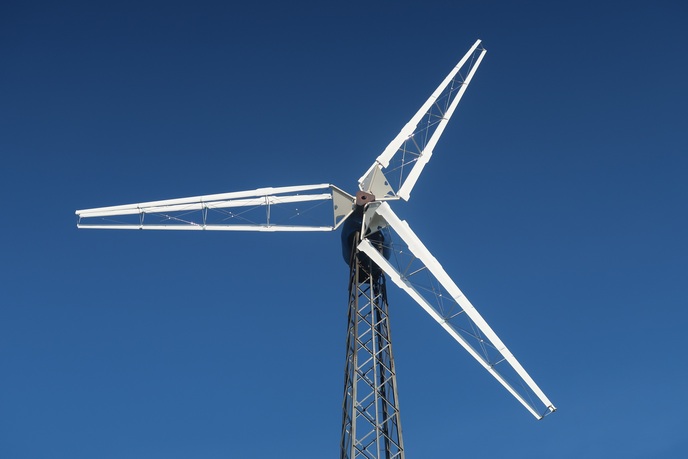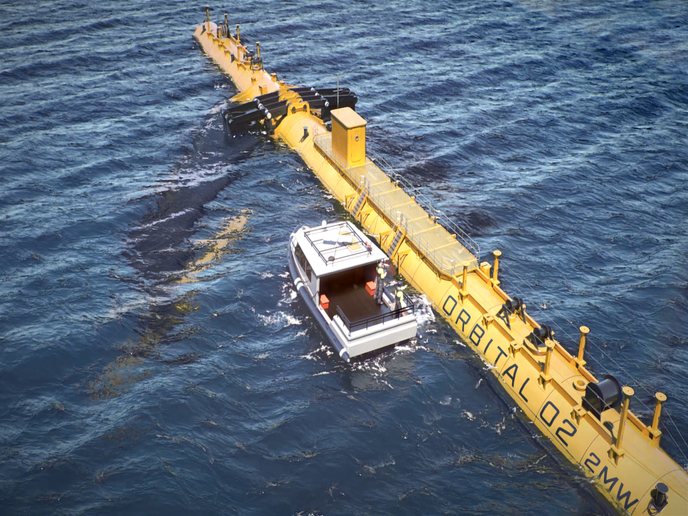Tool for aeroelastic stability in wind turbines
The STABCON project developed reliable design tools that allowed better and safer large wind turbines to be built. The tools helped to identify important parameters for aeroelastic stability and to suppress instability. Turbines are not completely rigid and aeroelastic phenomena occur when changes in the structures' shape cause changes in aerodynamic forces. The researchers developed GAST aeroelastic software to study the design of rotors and rotor-pylons in wind turbines, helicopters and propeller driven aircraft. The tool was used for carrying out the analysis of eigenvalues in vacuum and steady state conditions. It was also used for stability analysis and aeroelastic simulations. The software comprised a dynamic/structural model based on a multi-body approach. Flexible bodies were treated as linear beams and a rotor aerodynamics module was based on blade element momentum theory. The dynamic equations for the beam were supported by equations from the ONERA model, which had been developed in the past by the French aerospace industry. The aeroelastic equations of the beam were solved using the finite element method (FEM). The work of STABCON has helped to strengthen the position of the European wind turbine industry and research community.







